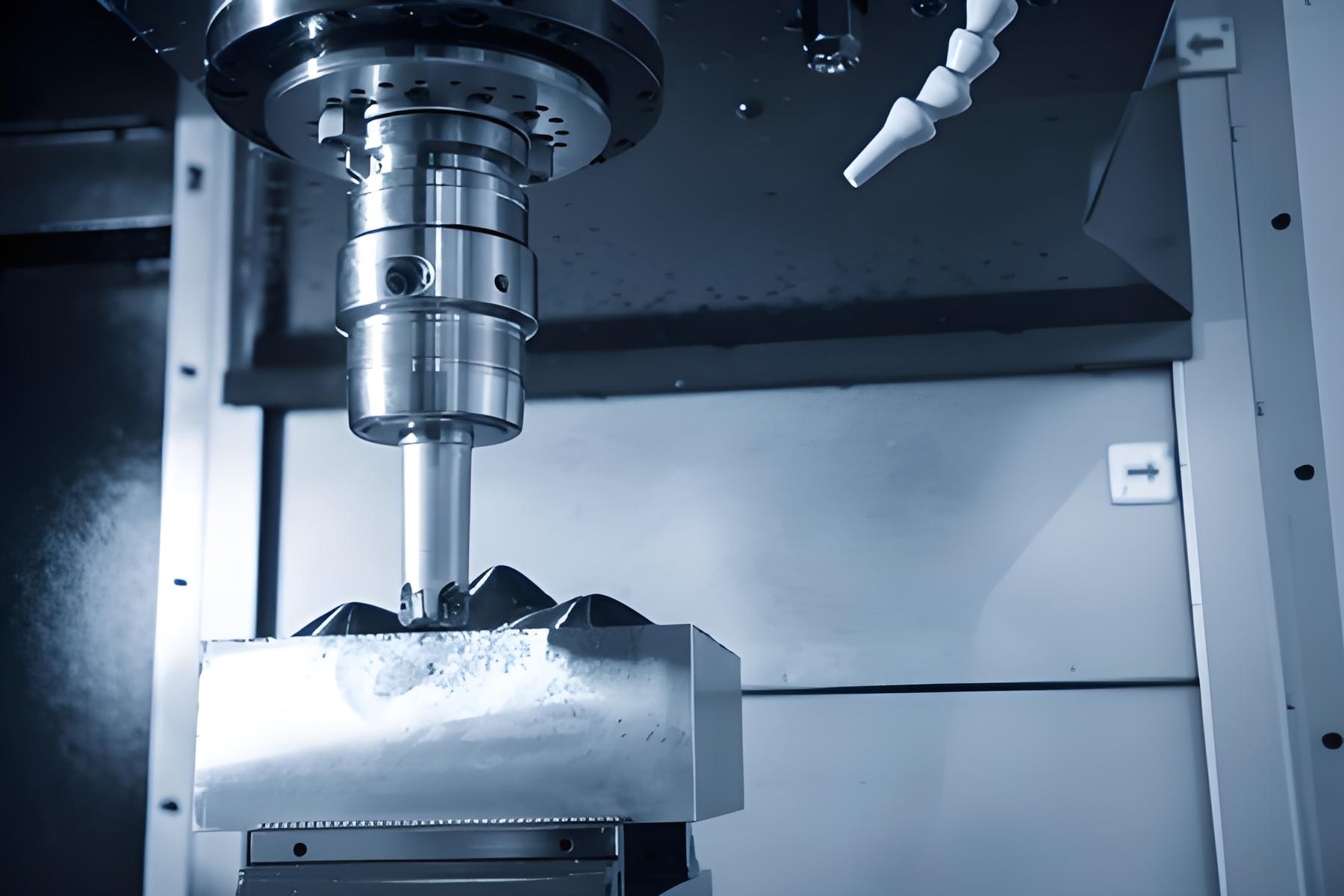Roughing is a critical stage in the machining process. Its main purpose is to quickly remove excess material from raw materials or semi-finished products to form parts that are close to their final shape. Reasons for roughing include:

1. Improve production efficiency: Roughing usually uses larger cutting depth and feed rate, which can quickly remove material and shorten the processing cycle.
2. Reduce costs: By using rough machining to remove most of the material, the time and effort required for subsequent finishing can be reduced, thereby reducing production costs.
3. Reduce deformation during subsequent machining: Rough machining helps reduce internal stress within the material, which may cause part deformation during subsequent finishing.
4. Improve the machining safety of parts: Removing excess material during the roughing stage can reduce cutting forces during finishing, thereby reducing risks during part clamping.
5. Detect problems in time: During the rough processing stage, if the raw materials are found to be defective, they can be processed or scrapped earlier to avoid problems being discovered after finishing processing, causing greater losses.
6. Prepare for finishing: Roughing can provide a uniform and stable material basis for finishing, ensuring the dimensional accuracy and surface quality of the parts after finishing.
7. Reduce wear on machine tools and tools: Finishing typically requires high surface finish and dimensional accuracy, using precision tools and slower cutting speeds. By roughing first, you can reduce wear on these precision tools.
8. Adapt to material properties: Some materials may require heat treatment or other forms of treatment to improve their mechanical properties after rough machining, and rough machining provides the opportunity to perform these treatments.
Rough machining is an indispensable part of the entire machining process, and it lays a good foundation for subsequent semi-finishing and finishing machining.


